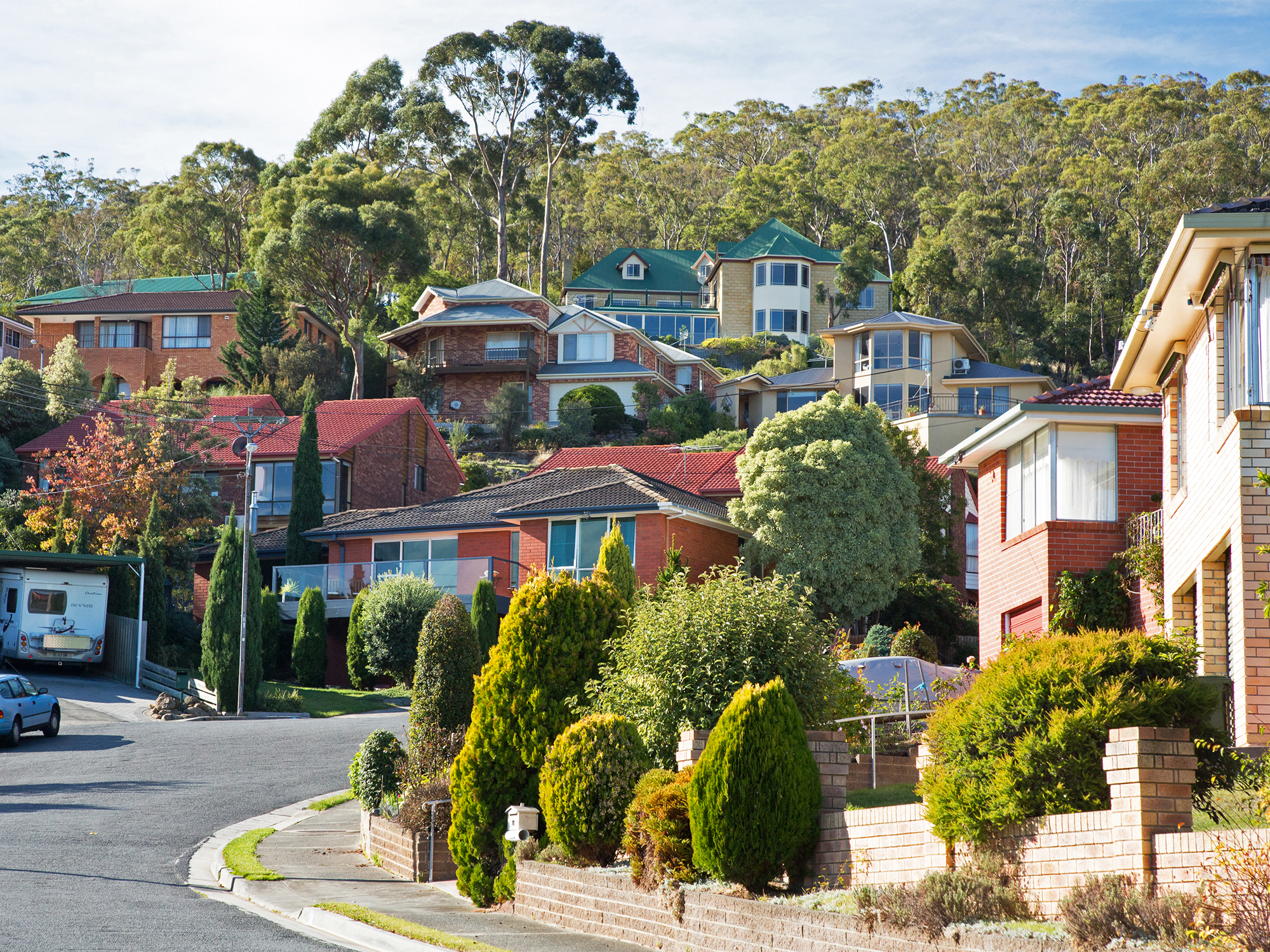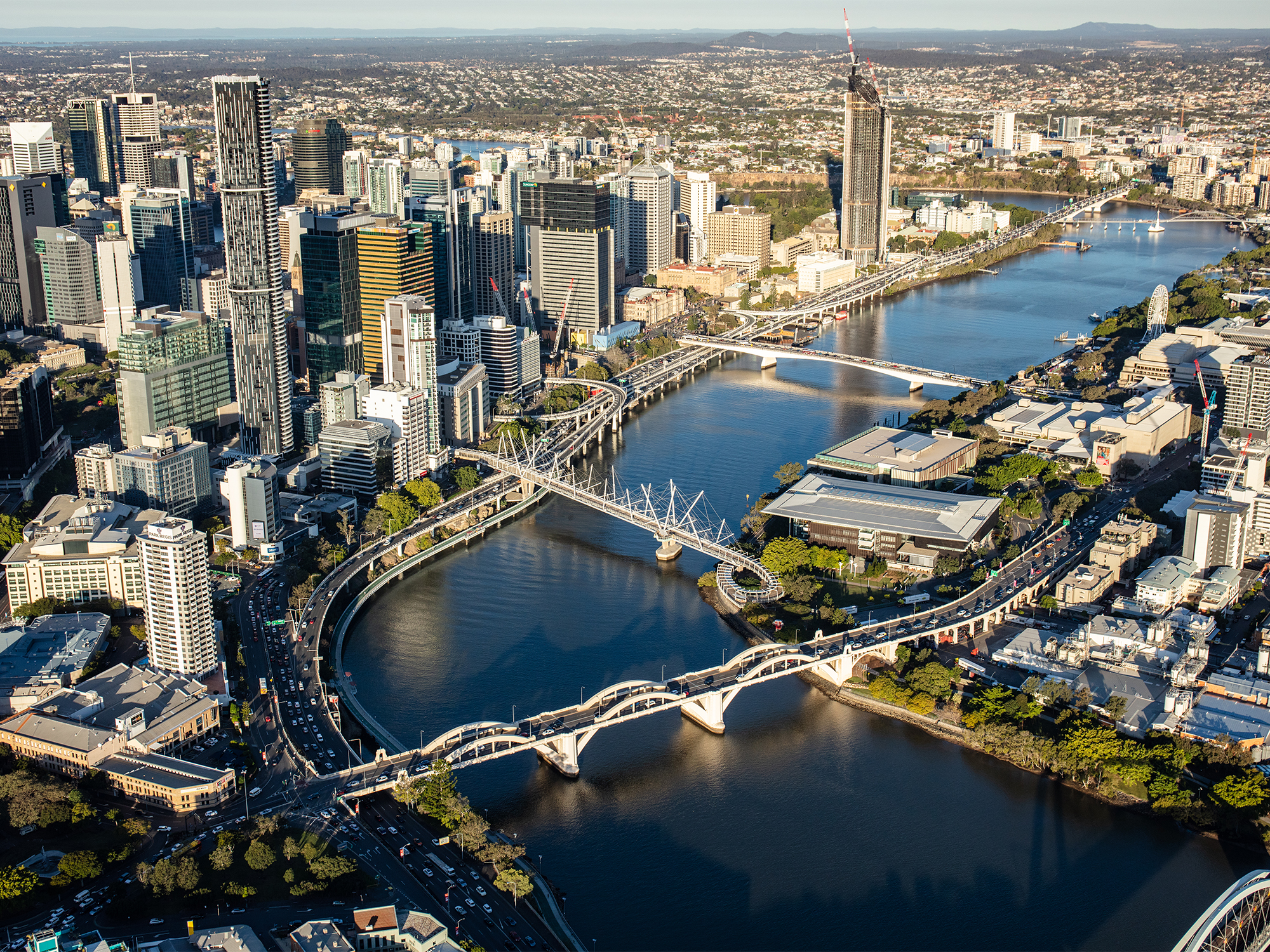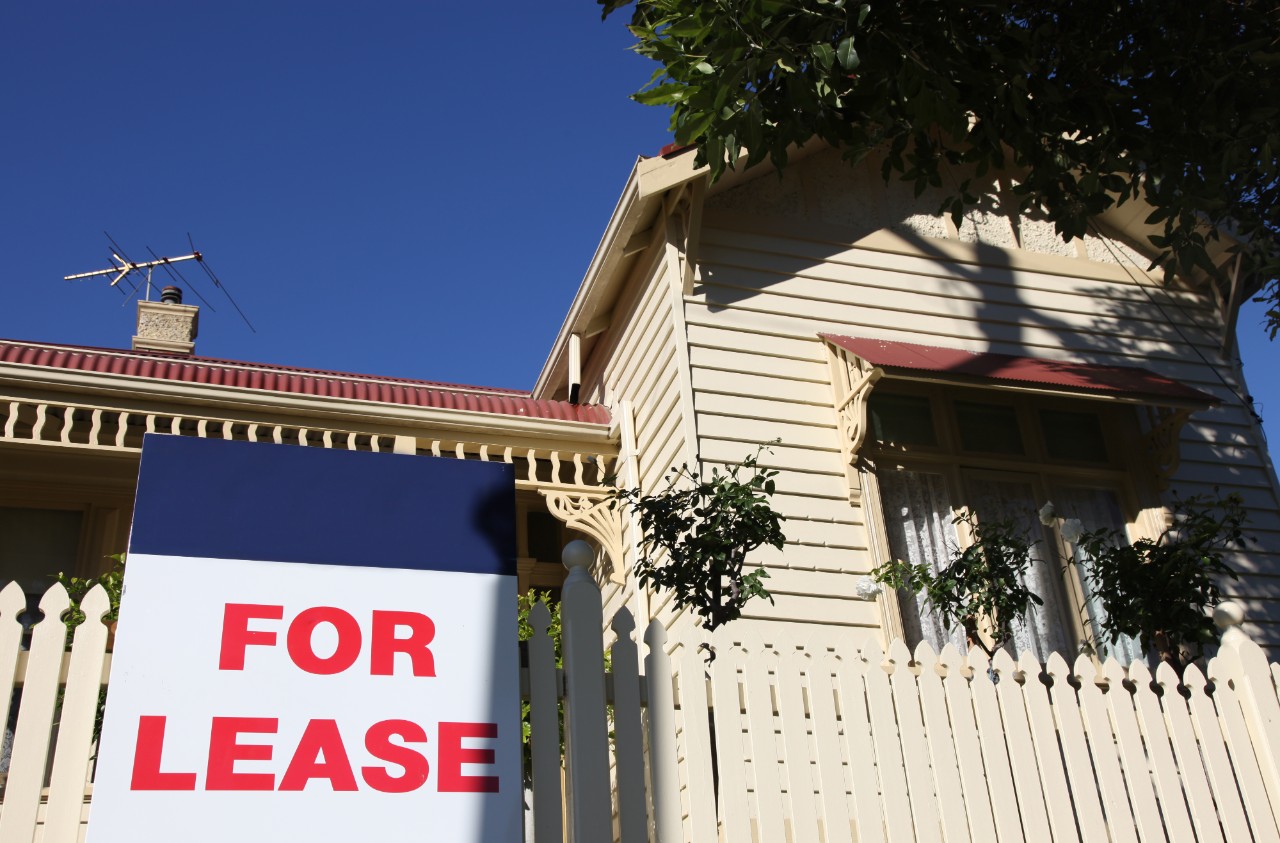Renters are typically drawn to trendy inner-city suburbs, but when it comes to the most in-demand capital city streets there are a few surprises, new data from realestate.com.au shows.
It’s no secret when deciding where to live tenants prefer some streets over others. However, this preference doesn’t just come down to what style of coffee the local cafe serves or how close the street is to Bondi Beach, according to chief economist at realestate.com.au, Nerida Conisbee.
“A good street is often about the types of housing, aspect, nice trees, access to parks and schools or a great retail precinct,” Ms Conisbee said.
“Major arterials in some suburbs will often see lower demand than other areas that are quieter. Ultimately, it depends on where you are and what tenants are looking for in that suburb.”
- Use the interactive below to discover the most popular streets in your suburb for renters.
The realestate.com.au analysis looked at average views per rental listing over the past three years to surface the most in demand streets for tenants. If a street didn’t have five rental listings during that period it was excluded, meaning some of Australia’s most tightly-held streets and streets that are heavily owner occupier may not appear.
- Scroll through to discover the most sought after street for renters in your capital city:
The data shows that most Australian tenants, unlike home buyers, aren’t looking at homes in luxury, inner-city streets. Instead, the bulk of tenants are prioritising convenience factors in their rental search, according to Ms Conisbee.
“The streets that renters look at do tend to be more attractive to young people and are frequently quite close to universities and tertiary education,” she said.

North-facing streets with a pleasant view are typically more popular. Picture: realestate.com.au
In Brisbane, the most sought after street for renters was Warren Street in Spring Hill with an average of 7,748 views per listing over the past three years. While Warren Street is close to many of the city’s most popular amenities – the CBD shopping precinct, the Brisbane River, the popular bars and restaurants of Fortitude Valley – the street’s biggest drawcard is its proximity to major university and tertiary education providers in the area.
Local property manager Josie Petrack said there is a lot of rooming accommodation on Warren Street so each property tends to house separate rooms for rent.
“[These rentals] are very popular amongst students in the area, and the strong supply of newer-style apartments at cost-effective prices in Warren Street makes it a popular choice, particularly for young people and students,” Ms Petrack said.
Spring Hill’s median rent is $475 per week for a two-bedroom home, making it a “cost-effective” and convenient option for students, she added.

Warren Street in Brisbane’s Spring Hill was the most in demand street for tenants in that city due to its proximity to university providers. Picture: Getty
Looking at the other capital cities it’s clear price and proximity to universities are major drawcards.
South Dowling Street in Waterloo was the most sought after street by renters in Sydney with an average 4,106 views per listing. Close to Moore Park, the inner-ring street includes multiple short-to-medium-term apartment options and is within reasonable proximity to transport and tertiary providers such as the University of New South Wales and University of Technology Sydney. The median rent in Waterloo sits at $670 per week for a two-bedroom home.
Meanwhile, the most in demand street in Adelaide was Rundle Mall in the city with 3,256 average views per listing over the past three years. The street is close to nightlife, cafes, restaurant, Adelaide’s iconic Central Market and is 10-minutes by foot to the University of Adelaide. Tenants can expect to pay about $420 per week for a two-bedroom home in this neck of the woods.
Melbourne’s most in-demand street for renters, Federal Street in Footscray, had an average 2,954 views per listing in and is a stone’s throw from Victoria University. Stocked with period homes from Edwardian to Art Deco, as well as newer-style apartments, a two-bedroom rental goes for about $480 per week.
Darwin’s Dripstone Road in Casuarina, which had an average of 2,541 views per listing, is less than a two-minute drive to Charles Darwin University. Similarly, Davey Street in Hobart, which had 2,374 average views per listing, is a short drive from the University of Tasmania. Median rents in Hobart are about $520 per week for a two-bedroom house.
Just a 15-minute drive from the University of Western Australia, James Road in Perth’s waterfront suburb of Swanbourne was the most in-demand street for renters in that city with each listing attracting an average 2,306 views. Median rents in Swanbourne are about $650 per week for a two-bedroom pad.
For the ACT, Canberra Avenue in the suburb of Symonston, near Fyshwick, was the most in demand street with 2,250 average views per listing over the past three years. Canberra Avenue happens to be on the same street as the Canberra Institute of Technology.
Will these streets be as popular among tenants post-COVID-19?
The absence of international students during the health crisis, which has caused city rental vacancy rates to soar, and the closure of some university campuses, could lead to a drop in demand for rental properties in the most in-demand streets for tenants in coming months.
Students will also likely be spending more time out of the classroom in the foreseeable future meaning they will less likely need to live close to campus. Meanwhile, some tenants are taking advantage of low interest rates to buy their first home and others are leaving the city for the outer suburbs.
Sam Nokes, head of department – property manager at Jellis Craig in Melbourne, added that COVID-19 has brought on challenges for landlords that could swallow up many rental properties in sought after streets.
“The inner-city rental market is really difficult at the moment,” Mr Nokes said. “[An oversupply of vacant rentals has meant] some landlords are having to offer much lower rents just to get a tenant in, which will cause longterm issues because that rent won’t just be for the next three months, it’s for a lot longer than that.
“Some [landlords] have a minimum they’re able to charge before the property is unviable and we’re seeing some having to sell, but it’s not in particularly large numbers [at this stage].”

Rental demand in streets near universities could drop off because of international border closures but will make a comeback post-COVID-19. Picture: Getty.
However, director of economic research at realestate.com.au, Cameron Kusher, said there were other factors aside from universities that drew tenants to inner-city streets, and these will remain after the health crisis.
“Many [renters] will still want to live close to the city for work and socialising, so the overall long-term impact of the global pandemic on Australia’s rental market is still uncertain,” Mr Kusher said.
He added that while demand for certain streets may drop off amid the health crisis, they will make a comeback as the nation recovers.
“While rental demand may take a hit due to international border closures and university closures, properties in streets close to universities will see their popularity return as things return to normal.”
The post New data reveals Australia’s most popular streets for renters appeared first on realestate.com.au.

